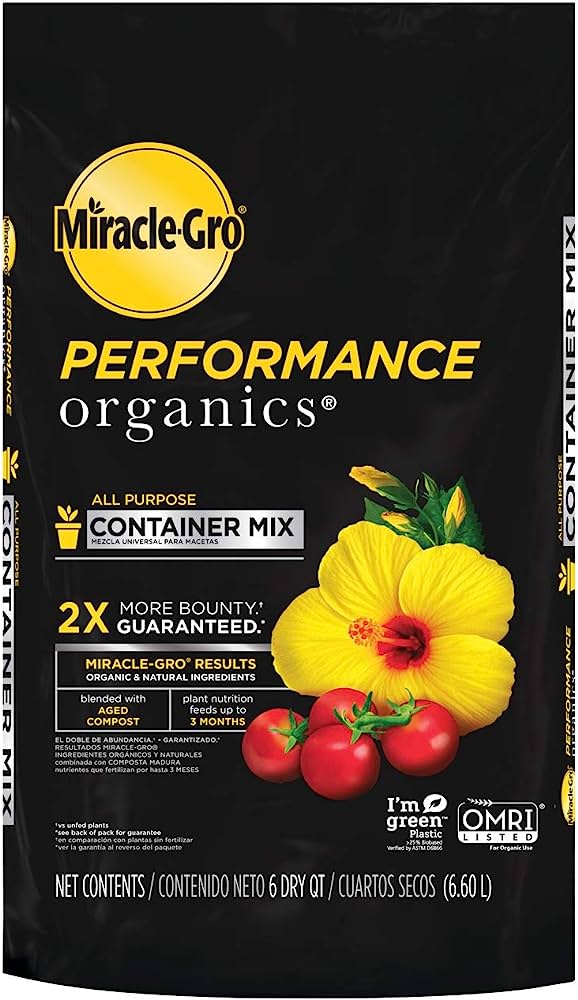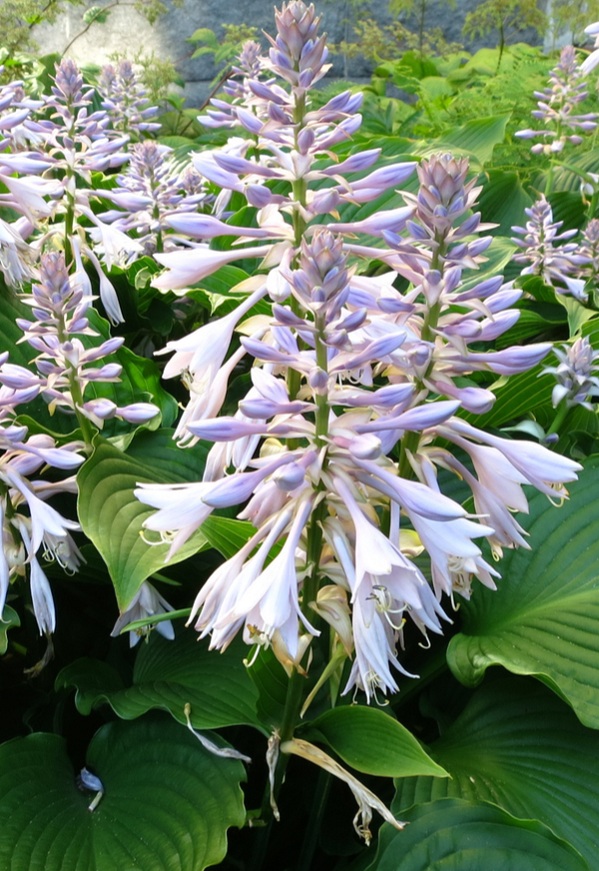Are you searching for tips and tricks to revive your tired hosta plants this summer?
By mid-summer, many hosta plants lose their shine. These shade-loving perennials, which can be stunning early in the season, often fall victim to summer heat, insect attacks, and hungry deer, groundhogs, and bunnies feasting on their delicious leaves.
What were once the stars of your spring and early summer flowerbeds can quickly become an eyesore, especially after they finish blooming and have decaying flower stems.

But here’s the good news – reviving your hostas is easier than you think, even in the middle of summer. Not only can you have your plants looking great again in no time, but you can also keep them that way until the first frost in the fall!
How To Revive Hosta Plants In The Summer
There are several ways to help struggling hosta plants in the middle of summer. The first step is assessing the extent of the damage.
Fixing Hostas With Major Damage
If your hosta has suffered significant damage from insects or animals, the best approach is to give it a complete refresh. This involves pruning and cutting it back to ground level.
Hostas are incredibly resilient plants and can survive even when all their foliage is removed in the middle of summer. By cutting them back, you allow them to redirect their energy towards sprouting fresh, healthy foliage.

The foliage will grow back quickly. If you cut it down, fertilize it, and water it well, new shoots will often emerge within a week!
Cutting Back Hostas In The Summer
To restart your hostas quickly, cut them back to ground level. Leave about 1/2 inch of the stock for a touch of greenery and to locate the plant for watering and fertilizing. It’s important to sterilize your cutters between plants to prevent the spread of disease.
Next, fertilize the base of the plant with a good all-purpose liquid fertilizer. Liquid fertilizer works fast, feeding the roots and remaining stems to jumpstart growth.
For optimal results, choose an all-purpose liquid fertilizer with an equal or slightly higher amount of nitrogen compared to phosphorous and potassium. Liquid Performance Organics, with its 11-3-8 N-P-K makeup, is perfect for rejuvenating hostas.
Nitrogen promotes foliage growth, which is crucial for revitalizing the leaves quickly. Phosphorous and potassium also contribute to overall plant health, but nitrogen is the key nutrient for leaf growth.

Caring For Plants After Cutting Back
Consistent watering is crucial for summer hosta regrowth. Plants should receive at least one inch of water per week from rain or hand watering. Deep watering every few days ensures the roots have enough moisture for growth.
In addition to watering, apply another dose of fertilizer two weeks after cutting back to promote fuller growth. Hostas don’t require excessive nutrients, but when cut back in the summer, two rounds of feeding can quickly restore their appearance.
The good news is that many issues that damage hostas early in the year disappear by summer. The excessively wet conditions of spring, which create slug, aphid, and snail populations that harm hostas, usually subside by summer, allowing your plants to stay fresh and vibrant until the first frost.
Revitalizing Hostas With Minor Damage
If your hostas have only minor damage, a full cut back is unnecessary. Instead, a few simple tasks can revive them, starting with deadheading.
Deadheading Hosta Blooms
Removing fading bloom stems is one of the best things you can do for hostas in the summer. The sooner you do it, the better.
Just like with other flowering plants, as long as old flowers remain on the plant, they drain energy. The plant tries to heal the old blooms with more energy, even though no amount of energy can revive them.
When deadheading hostas, remove both the flower and the stem. If you only remove the spent flower head, the flow of resources won’t stop.
To deadhead hosta stems and spent blooms, cut the stem all the way back to the base. Follow the flower stalk below the foliage and use sharp scissors or pruners. This instantly stops the drain of resources the plant uses to “heal” the old bloom and stem.
Also, remove any leaves with serious damage to prevent resource wastage and promote growth.
Removing Blooms Before They Open
Most gardeners grow hosta plants for their leaves, not their blooms. Unfortunately, the flowering process requires a lot of resources. As the plant uses these resources to form and bloom, it often compromises the leaves’ strength.

For this reason, many gardeners remove hosta bloom stems before they flower. This conserves energy for the plant and keeps the leaves healthier and stronger throughout the season. Consider this approach in the future if you prioritize foliage health!
Finally, for plants that only need minor cutbacks and deadheading, a single dose of liquid fertilizer will help them recover from blooming and promote better leafing.

